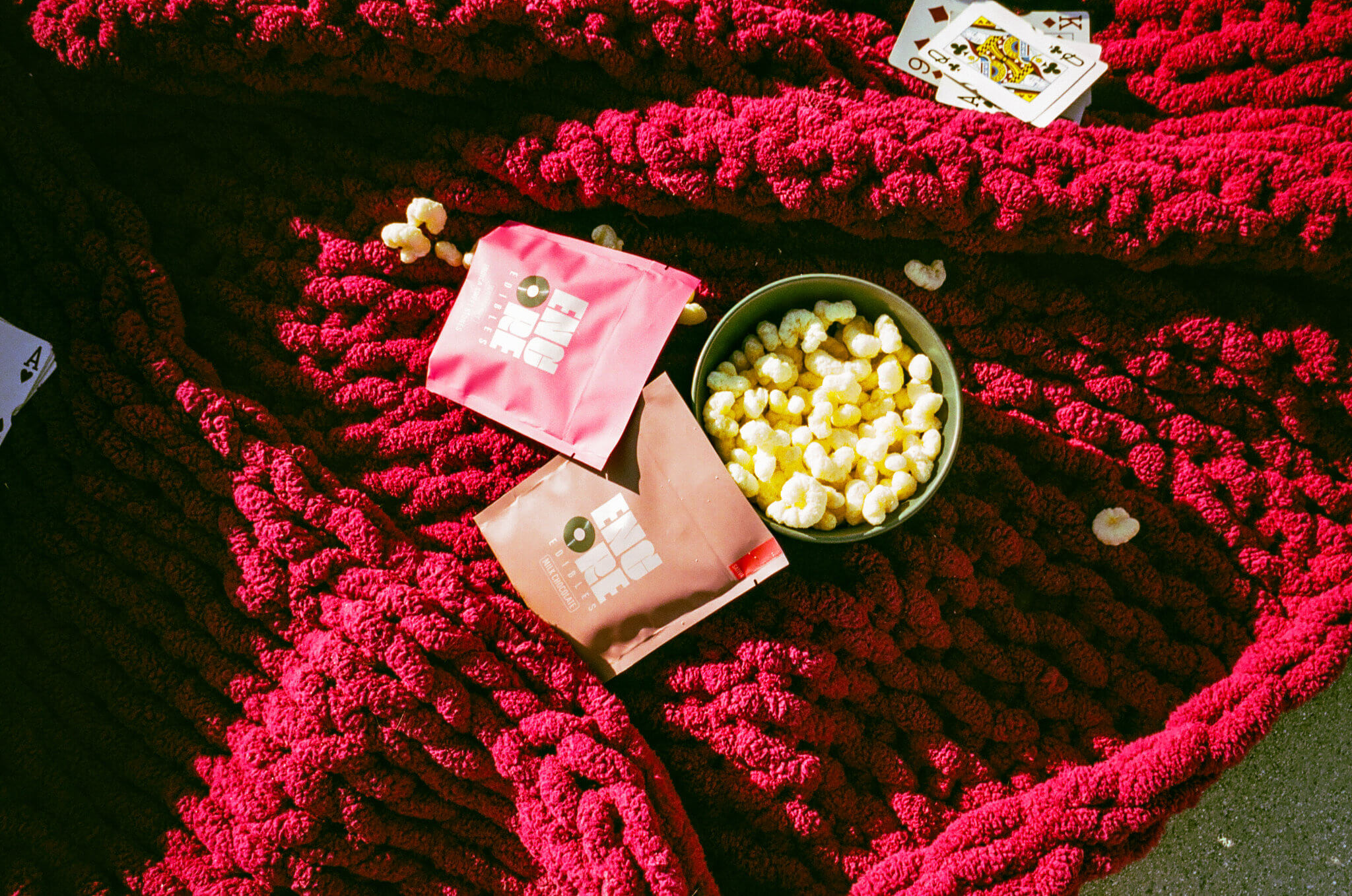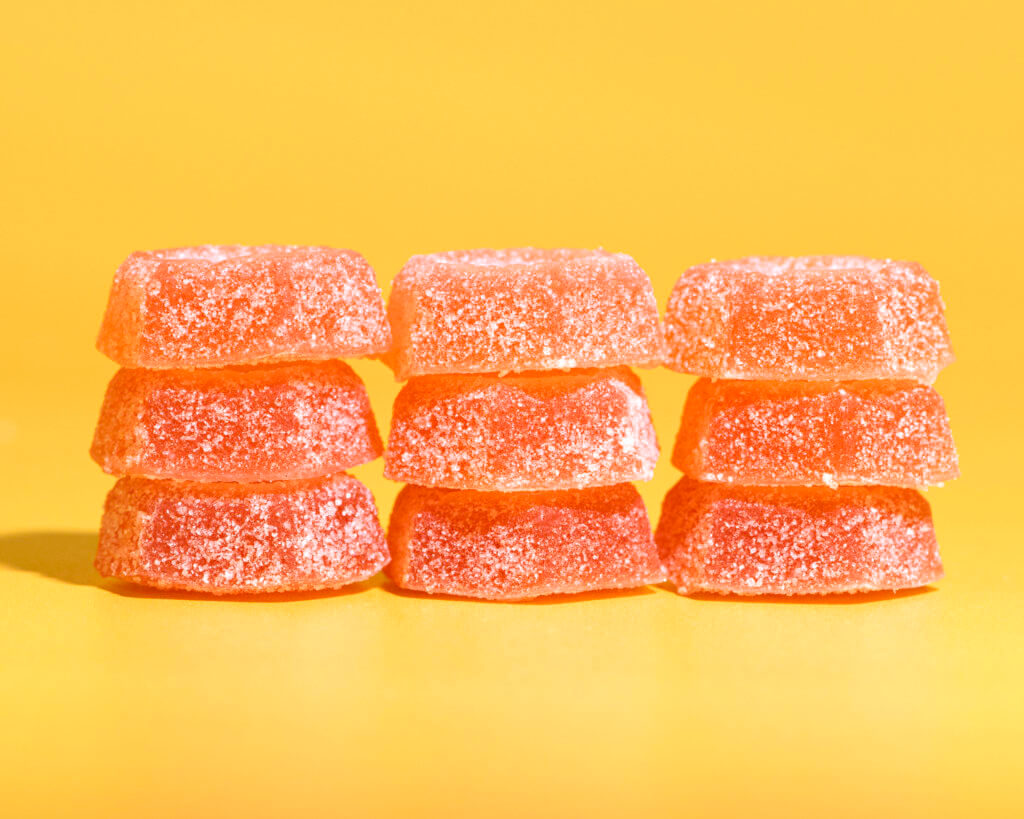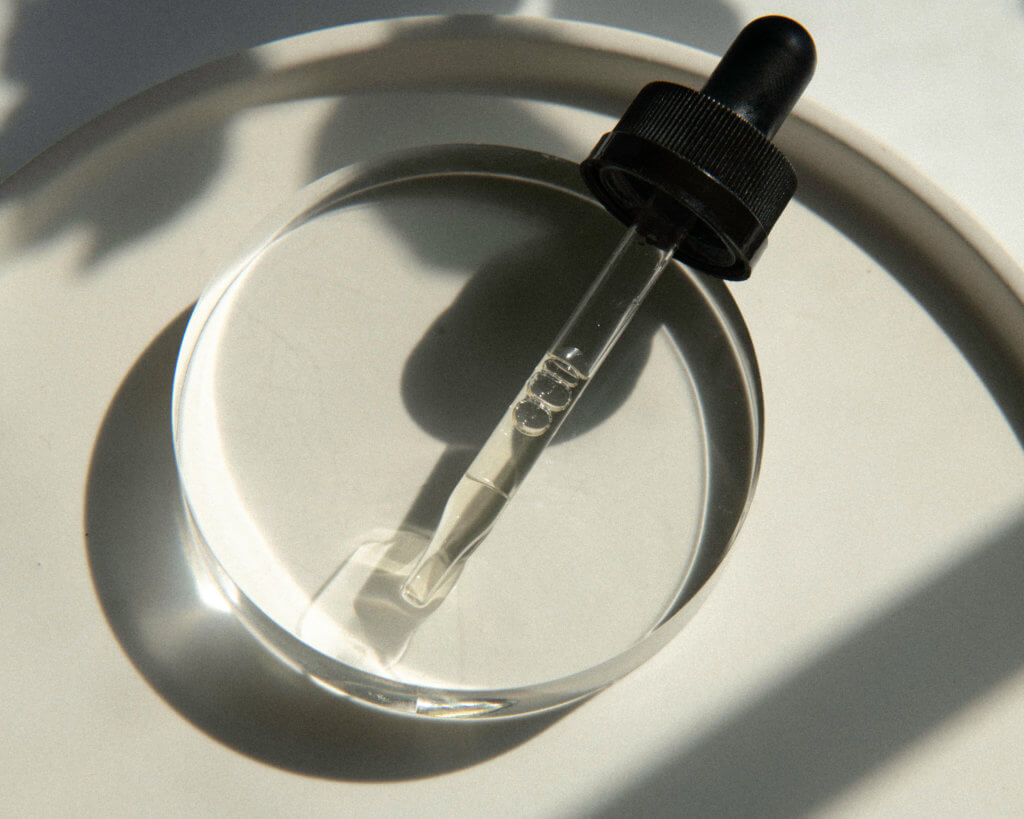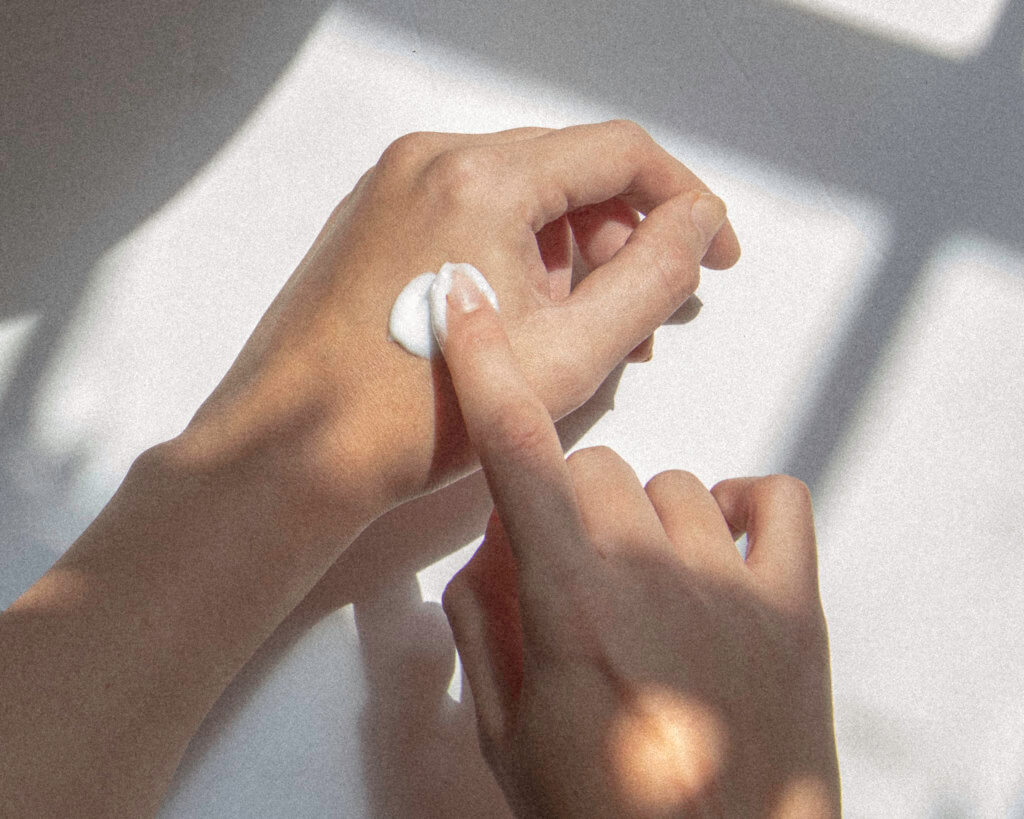
Fact: You don’t have to smoke to enjoy cannabis. Some non-smokable form factors can sometimes pack an even bigger punch—think more targeted relief and a more sustained high. Plus, non-smokables are typically more discreet, and in the case of edibles and tinctures… they can also be delicious!
We consulted some of our very own team members about edibles, tinctures, and topicals; how these non-smokable form factors are made, and how best to use them. First up: Edibles.
Edibles
You probably saw this one coming, but edibles are tasty, cannabis-infused products that you eat. And they’ve come a long way since homemade pot brownies. According to Verano Content Manager Danyal Swan, there are now cannabis-enhanced versions of beverages, syrups. gummies, hard candies, a multitude of baked goods…”you name it, and someone’s infused it with cannabis.”

How Are Edibles Made?
Per Danyal, “dispensary edibles are typically made… utilizing a cannabis distillate—an odorless and flavorless oil.” When added to edibles, these cannabis ingredients bind to fats (like butter and oil), making them effective. So if you want to cook with cannabis at home, you can use a similar method. Just infuse ground cannabis flower into butter or oil and whip up a treat.
How Do You Use Them?
You eat them! Because edibles are digested like any food, they can take a while to kick in and the effects can last for several hours—depending on when you last ate and your metabolism. Too, the effects of cannabis edibles are vastly different than smokable. Delta-9 THC, the psychoactive compound we know and love, is converted to 11-hydroxy THC when digested; a compound that’s 5x’s more psychoactive than delta-9. For this reason, it’s particularly important to note the milligrams (mg) of THC in your edible and the serving size on the label. Start with a low dose, and if in doubt, your local budtender can help you determine the right amount of THC for you. They may also recommend a different ingestible form factor…
Tinctures
Like edibles, tinctures are consumed orally, but their effects are much more immediate. Made of a highly concentrated cannabis extract, these oil-based solutions enter the bloodstream, producing effects in as little as 15 minutes. And while the effects of a tincture last longer than if you were smoking, they’re shorter than if you had taken an edible—making them a popular choice for those who want fast, sustained (but not too sustained) relief.

How Are Tinctures Made?
Creating this form factor involves extracting the cannabinoids first to create a potent extract. That extract is then incorporated with food-grade MCT oil and flavoring for a tasty, discreet dosing option. Tinctures are available in a plethora of potencies, flavors, and THC/CBD ratios, so there’s truly something for everyone.
How Do You Use Them?
Often, tinctures are packaged in a dropper bottle so you can easily place drops underneath your tongue (sublingually). A 1ml tincture drop will give a buzz right away, but to feel the full effects, hold a few drops under your tongue for 30 seconds—just long enough for the tincture to absorb into your bloodstream. Then swallow the rest and prepare to feel great.
Alternatively, tincture drops can be added to foods, but the effects won’t be as strong.
Topicals
Andrew Hall, our VP of Product Development and R&D, defines a topical as “anything that is administered on the skin, itself,” including CBD salve, THC lotion, chapstick, balm, patches, roll-ons… even intimacy oils. Topical cannabinoids can help provide pain relief, soothe eczema, and more. Furthermore, most topicals “cross the skin barrier to provide localized relief,” without entering the bloodstream and producing psychoactive effects, making them an excellent choice for anyone who wants targeted healing without necessarily feeling high.This form factor’s exceptions to the non-psychoactive rule include transdermal patches or gels, which do send THC into the bloodstream in steady, controlled doses.

How Do Topicals Work?
According to Andrew, FDA-approved cannaphorin menthol and cannabinoids provide dual action cannabis relief, and the terpene eucalyptol helps these cannabinoids penetrate the skin. “Neurons in the affected area are going to be stimulated by the cannabinoids in the product and soothed,” Andrew explained. With creams, lotions, and balms, topicals usually begin to work within 10-15 minutes, while transdermal patches can deliver relief in as little as five minutes.
Finding the right topical for you just depends on which localized area you hope to soothe. A budtender or patient care advisor can help you choose.
“Cannabis is a wonderful medicine, the most prolific of our lifetime,” Andrew shared. “The types of form factors out there really provide users the flexibility to find the unique experience that’s best for them.” And with all the different non-smokable form factors available, your local dispensary team can help you zero in on a product to meet your exact needs – whatever those needs may be.
See also – Form Factor 101: Smokable